






of







of







of





















Kalbajar History-Ethnography Museum was established in 1982. The museum had more than 900 square meters of the courtyard. The museum exhibits were composed of a rich corridor, 3 rooms, 9 exhibition halls, and a collection comprising more than 30 thousand exhibits. The outside walls of the museum were built of stones bearing 2037 color tints. There were different ornaments, drawings of agricultural tools, leopard and wild goat figures, churn, pots, a waterskin, and many other items engraved on stone. 14 tombstone horse and ram sculptures carved out of stone were exhibited in the courtyard of the museum.
The experts also call the Kalbajar History-Ethnography Museum geology, archeology, art and sound museum. At that time more than 150 scholars from Bulgaria, India, China, the USA, Germany, Italy, Canada, Australia, Iran, Finland, and many other countries saw the exhibits of Kalbajar museum and conducted a study.
Kalbajar History-Ethnography Museum functioned until the occupation of the Kalbajar region by the Armenian Armed Forces in April 1993. It was impossible to salvage the majority of its exhibits of the Kalbajar History-Ethnography Museum. The Museum ceased to exist, its collection was completely lost.
The Kalbajar History-Ethnography Museum was partially restored in Baku after the occupation of Kalbajar in 1993. It is currently operating on the ground floor of a residential building in Mehdiabad. The main and auxiliary collection of the museum consists of 6,237 exhibits.
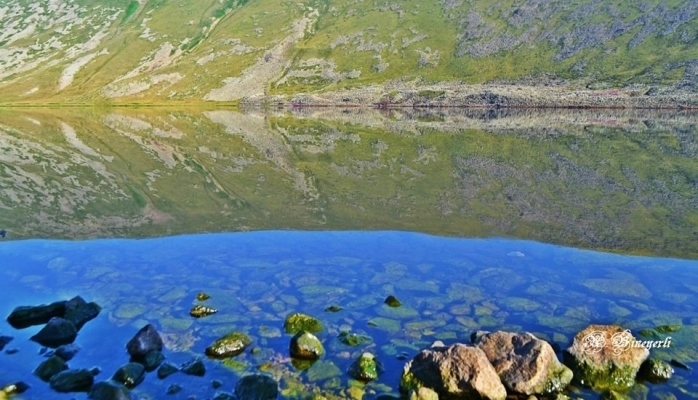
Qaragol Interrepublics State Reserve was set up with the decision of the Council of Ministers dated November17, 1987. Garagol State …

The idea of establishing Aghdam Bread Museum, which is considered to be the second in the world after the Zurich …
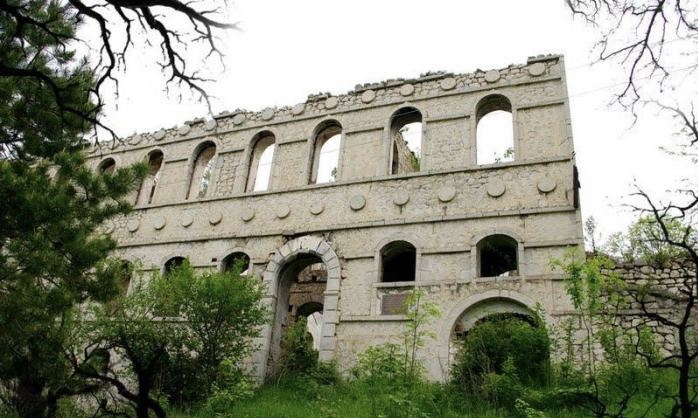
The Khurshudbanu Natavan’s House is a historical and architectural monument of the 18th century located in the city of Shusha. …

Museum Mausoleum Complex of Molla Panah Vagif is located in Shusha, Azerbaijan. It was built in honor of Molla Panah …
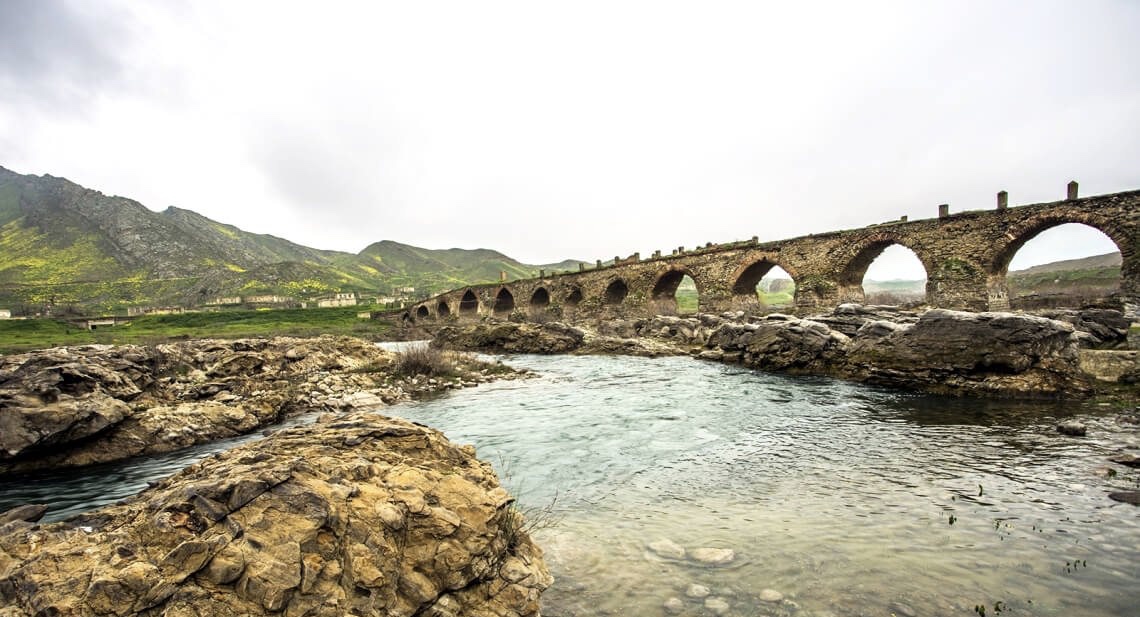
The Bridge belongs to the Arran architecture school. The first written source that mentioned the 15-arched Khudafarin Bridge belongs to …
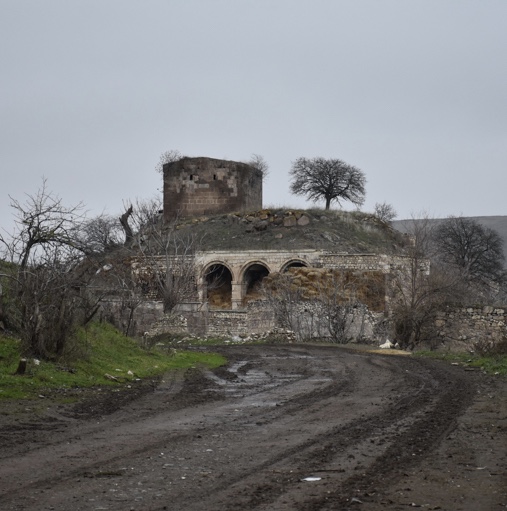
Garghabazar Caravanserai was built in 1681 at the hillside, in the center of Garghabazar village of Fuzuli district, 8 km …
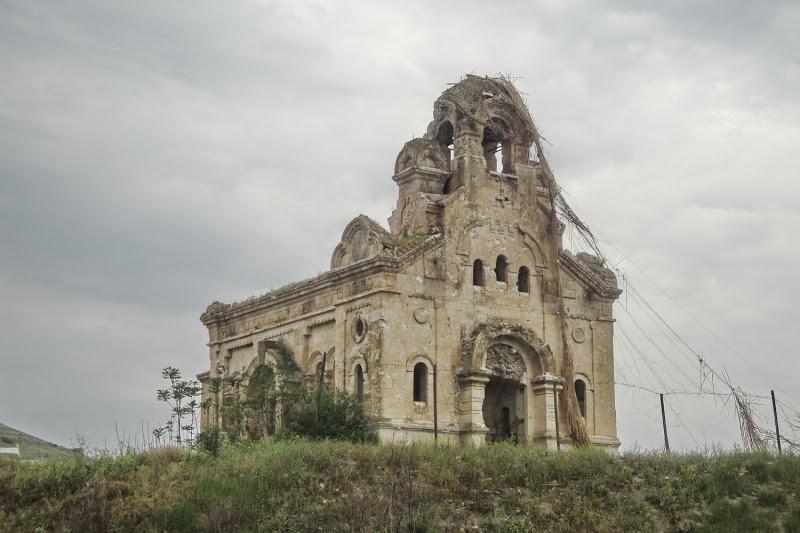
Armenia’s vandalism in Nagorno-Karabakh and seven surrounding regions affected not only the historical, cultural, and religious heritage of Islam but …

Jabrayil History-Ethnography Museum has been operating since 1953. Archaeological and ethnographic materials belonging to the history of the region, textiles, …

Khudavang, or Dedeveng, Monastery Complex is located in the Vang village of Kalbajar District, on the left bank of Tartar …

“The 19th century Aghdam Juma Mosque is perhaps the only structure that has withstood the years of neglect since the …